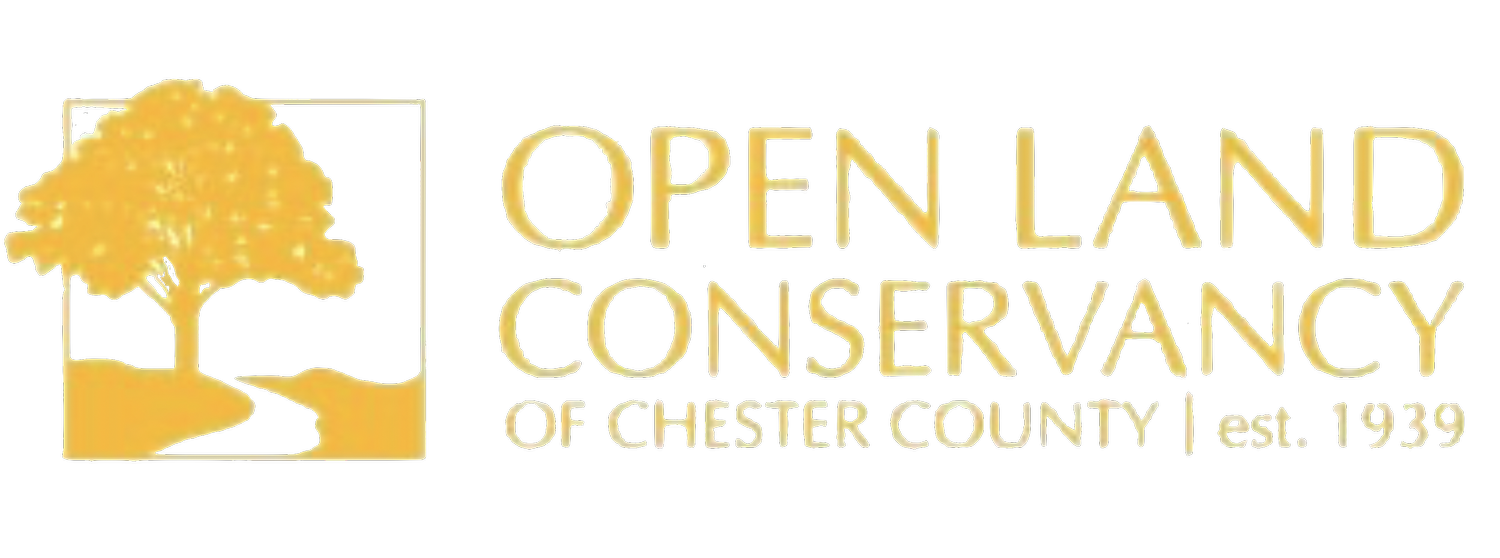It has been so dry here in Tredyffrin – barely an inch of rain in the last month – that it’s difficult to imagine any vegetation growing heartily. But a walk in Valley Creek Preserve quickly gives the lie to that, and points us to emergency planting maintenance work required!
First the good news, though. Alongside the creek towards the very southern end of the Preserve is a brilliant patch of Vernononia noveboracensis, New York Iron weed. The photo here barely does it justice – zoom in on those brilliant purple flowers, but see also the terrific write up by Ashley Kulhanek in Buckeye Yard and Garden Online:
A couple of extracts from her article:
The U.S. Forest Service notes that there are 17 species of ironweed in North America.
New York ironweed can be distinguished from its cousins by the presence of hair-like tips on its flower bracts. Even when the flower opens, those stringy hairs remain under the flower head.
Its habitat is much like that of giant ironweed, often found in wet soils in full sun along streams, or in prairies and pastures. (That’s the Conservancy!)
These beautiful, tall, vibrant purple native flowers are a welcome sign of late summer and a BOON to many insects. They are a valuable late season nectar source for many insects and butterflies, and their pollen is a required resource for specialist long-horned bees.
Ashley says that “You can never have too much IRONWEED”, but the other weed that has flourished in the disturbed conditions of last year’s tree planting is BURNWEED. So much so, in fact, that it threatens the growing space of our new trees and shrubs, and demands a little preventative maintenance. And at the same time, we were able to free up any trees already pushing out of the tubes and getting tangled in the bird netting – a good indicator that the plants are thriving!
But first – Burnweed, Erechtites. Again the internet is a wonderful resource for information and lyrical language – here’s Nancy Lawson, writing at https://www.humanegardener.com/burnweed-life/
American burnweeds are free spirits, throwing caution and seed to the winds and popping up irreverently in new places each year. And why shouldn’t they? Life is short when you’re an annual plant who must sprout, flourish, reproduce, grow old and die in one season. It’s especially precarious when you’re an annual plant under constant threat of being yanked and sprayed.
Burnweeds don’t care what you think, rising above—sometimes even seven feet above—all the insulting remarks made about their worthlessness and unconventional appearance. They dare to sport bold leaves and tiny flowers, an anatomical combination that seems to have grossly offended the human arbiters of floral and faunal value past and present
The bees, wasps, and butterflies in my habitat would beg to disagree with those assessments of one of their favorite late-summer plants. Far from being “useless,” Burnweed flowers provide nectar for many insects.
Which is all very well, but when the plant is overwhelming our precious new trees, it has to be controlled! Somewhere in the photo below, behind all the Burnweed is a tube with its new tree:
Here it is, now with fewer competitors for sunlight and nutrients:
This next photo gives you an idea of the full planting area:
And to end on a bright note, here is one of the caged Sweet bay magnolia trees from last year’s planting by the Resolution Life team, undaunted by the surrounding Burnweed and proliferation of grasses, and doing so well that it decided to flower in September!
Members and visitors are welcome to get in touch with us (info@openlandconservancy.org) and volunteer for the maintenance tasks that will help transform the habitat in our Preserves.





